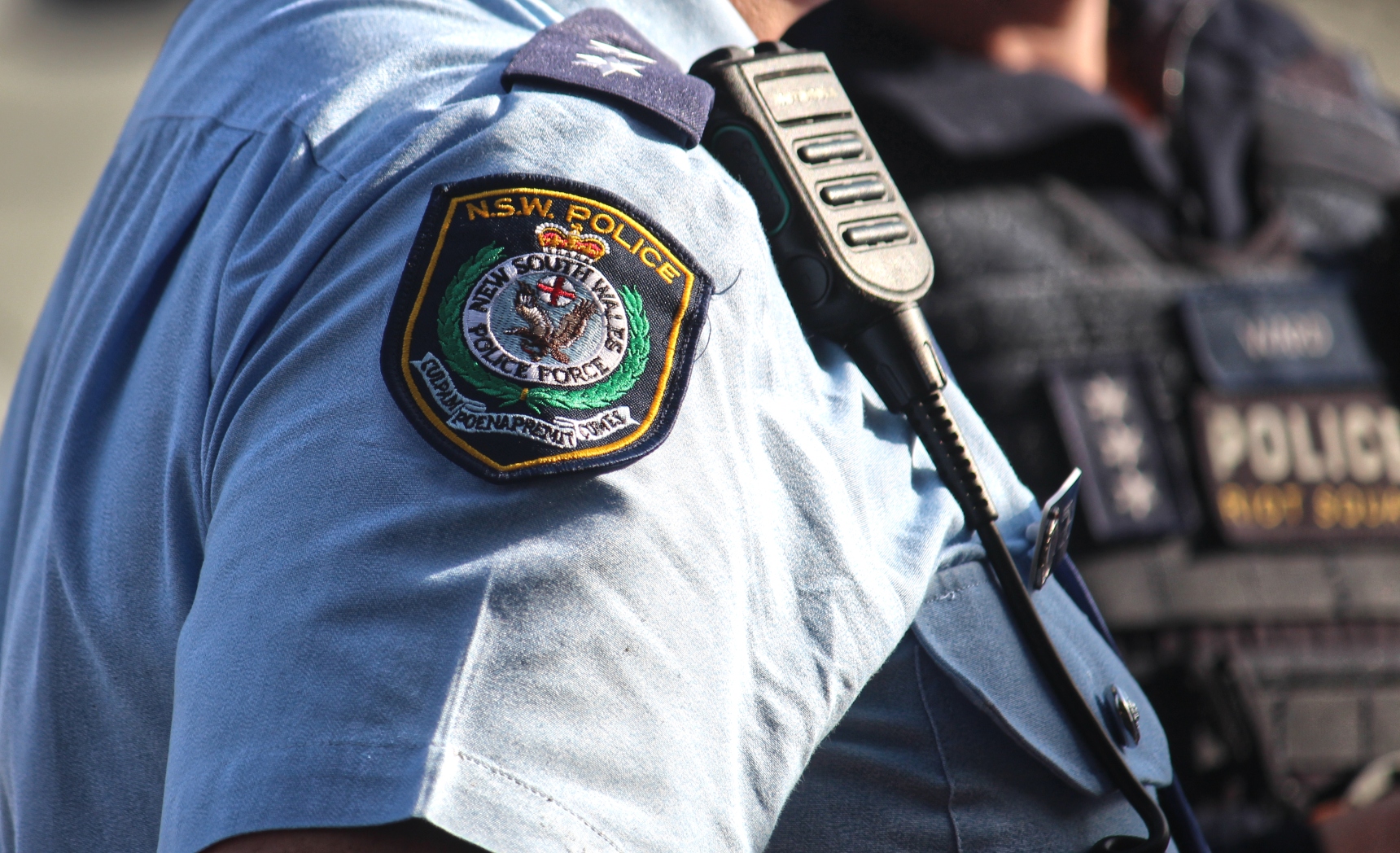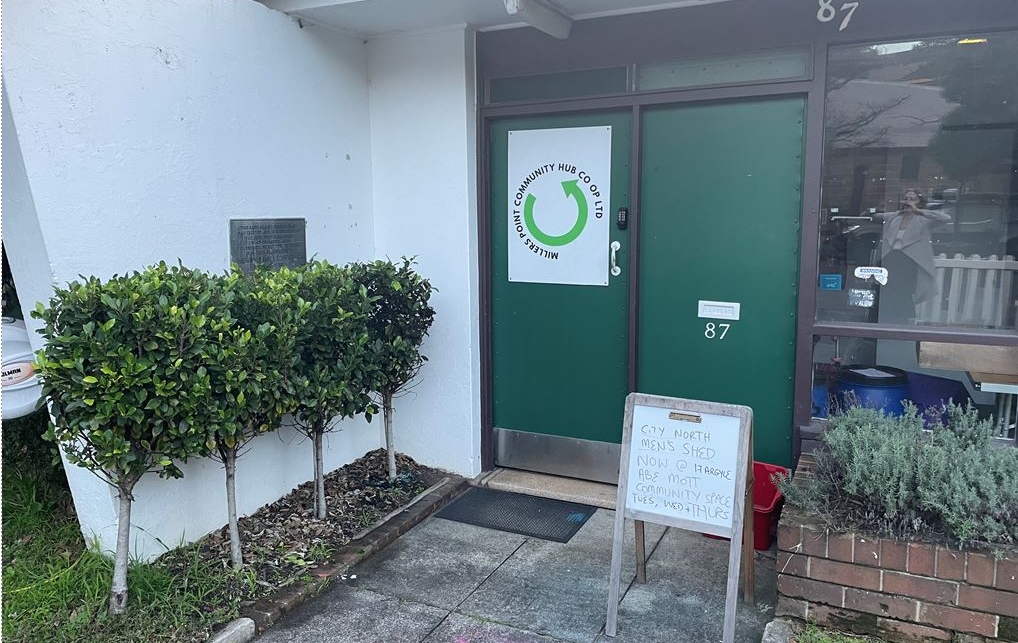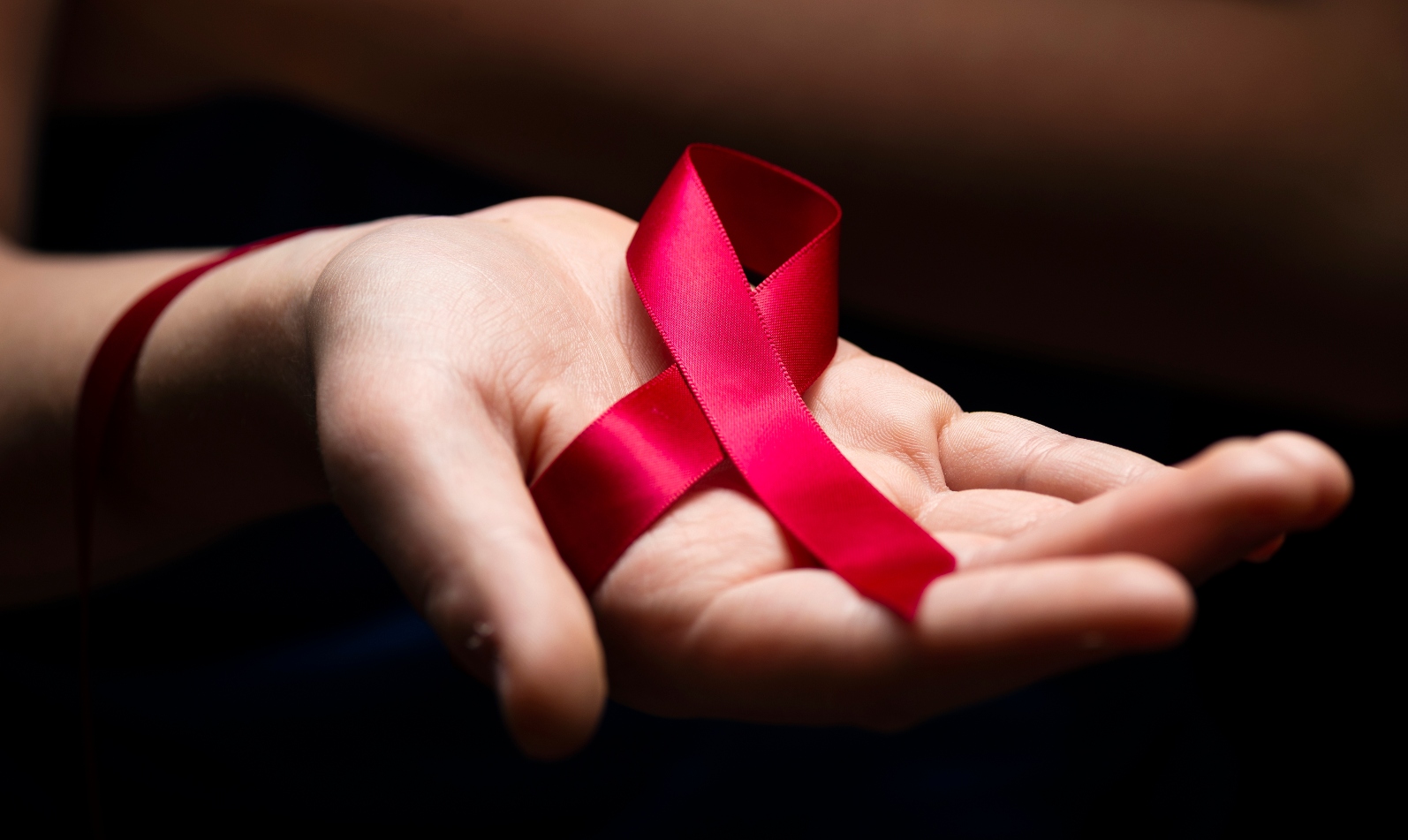
Santos gas wells off the coast of WA have been leaking methane for a decade, yet no authority is fixing it

Image: Santos wells leaking methane gas for a decade. Photo: Energy News Bulletin
By Abha Haval
A number of wells at the Legendre field have been leaking methane gas for the past decade off the coast of Western Australia with no signs of fixing the wells from gas producer Santos or the government, causing the waters to get polluted.
The Legendre field wells located 105 kilometers north of the Pilbara port of Dampier, were first found leaking by an underwater remotely operated vehicle in 2013, two years after they were permanently sealed.
The Legendre project had ceased production in 2011 and Santos took over management in the 2018 Quadrant Acquisition from former operator – Apache, when the wells were decommissioned. Santos continued with the program including regular surveys with one recently conducted in 2022 when NOPSEMA (offshore energy regulator) altered the plan from fixing the seepage and proposed to monitor the fields for another five years.










